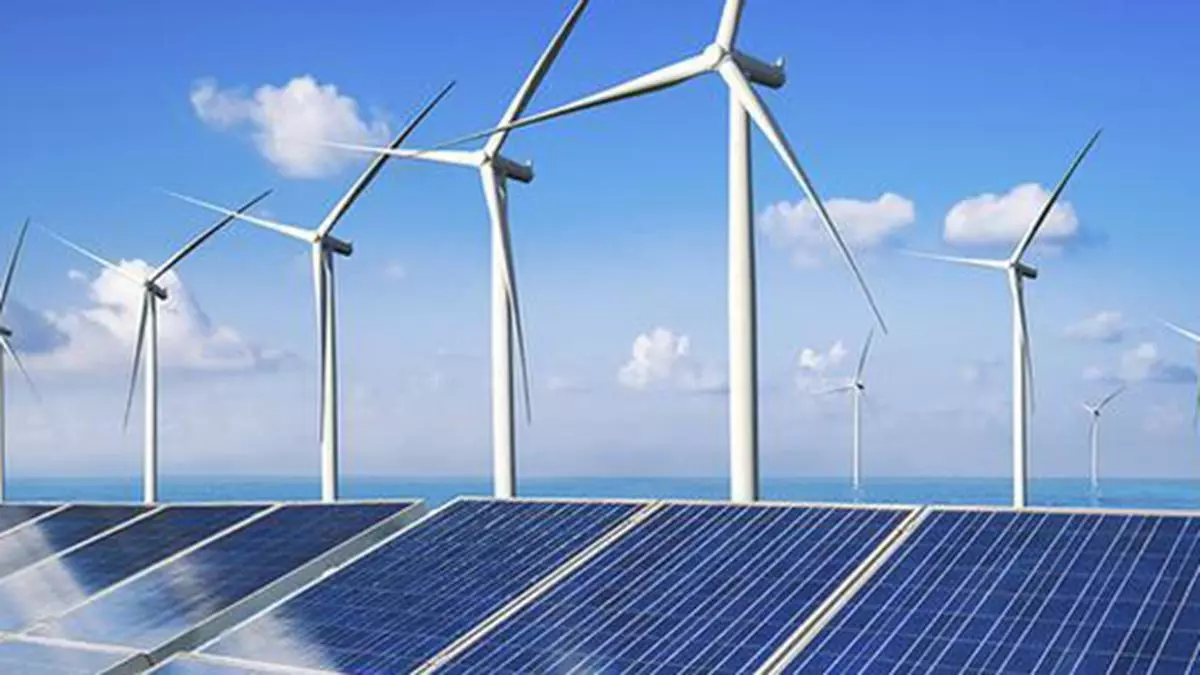The total renewable energy-based electricity generation capacity (including small and large hydro, biomass and co-generation and waste-to-energy) in India crossed the 200 GW-mark in September, to reach 201,457.91 MW. Solar (90,762 MW) and wind (47,363 MW) accounted for the bulk of it. If you add 8,180 MW of nuclear capacity to this, the country’s total non-fossil fuel-based power capacity stands at 46.3 per cent of the total installed electricity generation capacity. Rajasthan (31.5 GW), Gujarat (28.3 GW), Tamil Nadu (23.7 GW) and Karnataka (22.3 GW), are the top four states in renewable energy capacity, according to data provided by the Central Electricity Authority.
Golden brainstorming
The Central Electricity Authority will be entering its 50th year tomorrow. The body, whose remit is to provide technical support to all stakeholders, intends to kick-start its Golden Jubilee celebrations, by holding a ‘Brainstorming session on Indian Power Sector Scenario by 2047’, which the Union Power Minister, Manohar Lal Khattar, will inaugurate.
Some of the topics for the brainstorming sessions are: financing energy transition by 2047, building a modern, resilient and future-ready transmission system by 2047, capacity planning and regulatory framework for renewable energy by 2047, scaling up of hydro-power and harnessing PSP potential by 2047and the role of green hydrogen in India’s Net Zero future vision by 2047.
Module glut
By the end of 2024, the world will have a solar module manufacturing capacity of 1,100 GW (India has 67 GW and 48 GW under construction).
The International Energy Agency notes that there is a glut in the module market.
Module prices have more than halved since early 2023, the agency says in its latest report on the renewable energy sector.
“The challenging market conditions have resulted in the cancellation of about 300 GW of polysilicon and 200 GW of wafer manufacturing capacity projects, valued at approximately $25 billion,” the report says.
RE projects hurt by grid-ache
Renewable energy projects globally are increasing but not quite on the trajectory to meet the ambition of “tripling of global renewable energy capacity by 2030” — from 2022. The goal implies global RE capacity to be 11,000 GW by 2030. The IEA report on renewable energy finds that current trends would take the global capacity to 9,760 GW, or 2.7 times increase from 2022.
But there is another problem: grid. Investments in grid are not in line with the need. Total global wind, solar PV and hydropower capacity in advanced development stages waiting for grid connections has increased from around 1,500 GW in 2023 to 1,650 GW in July 2024, the IEA report says.
